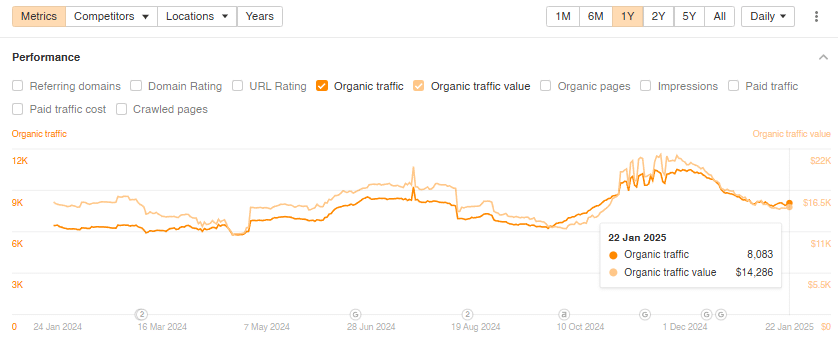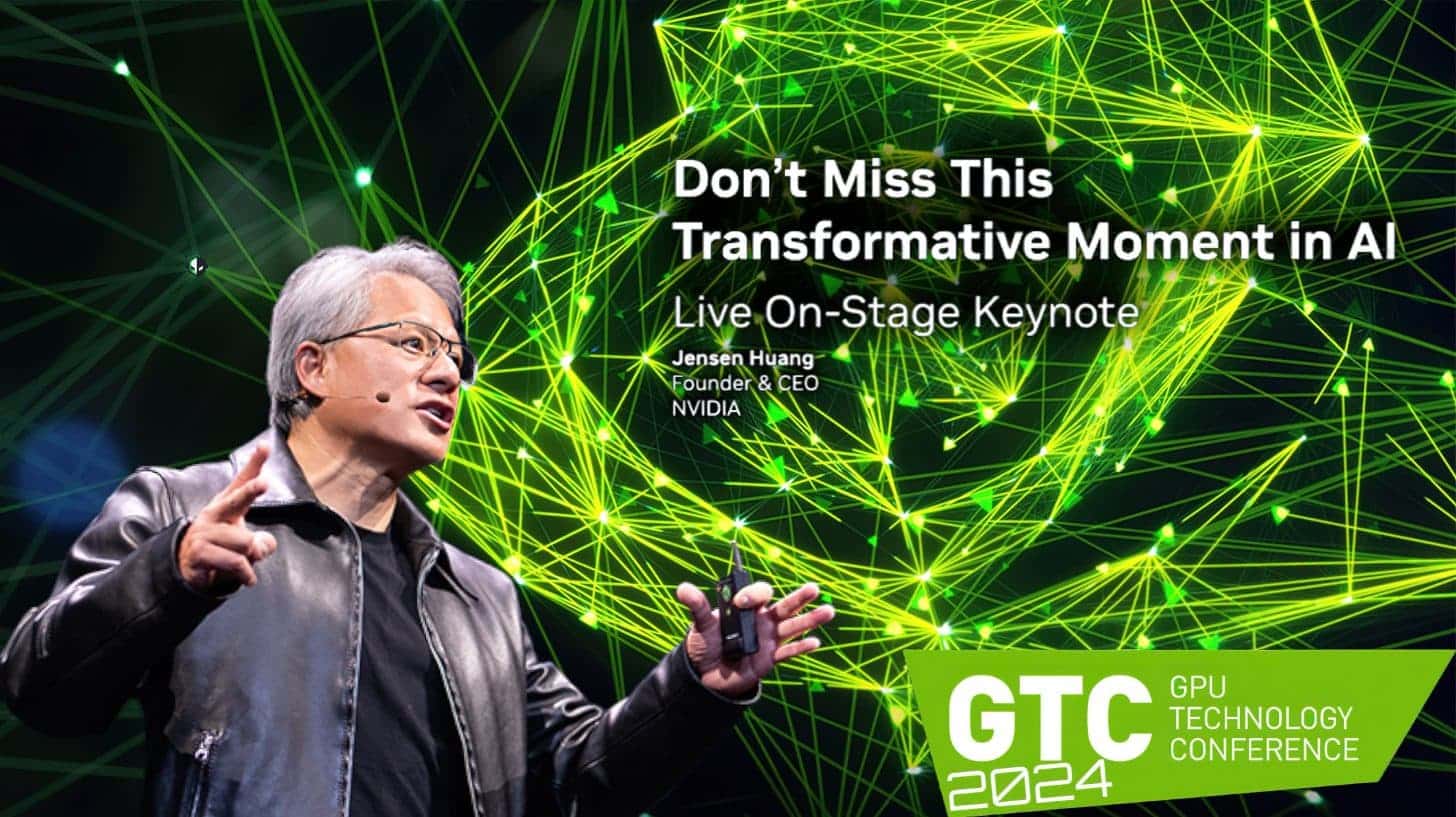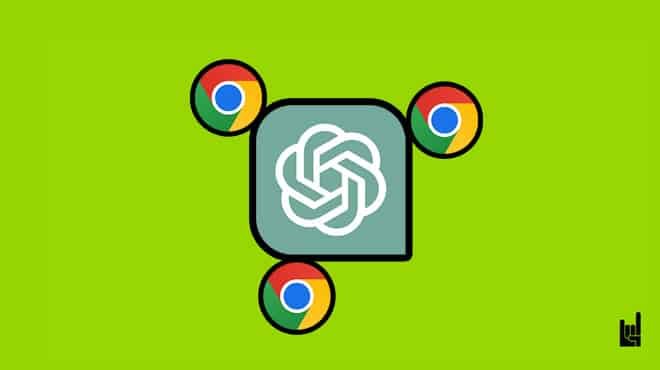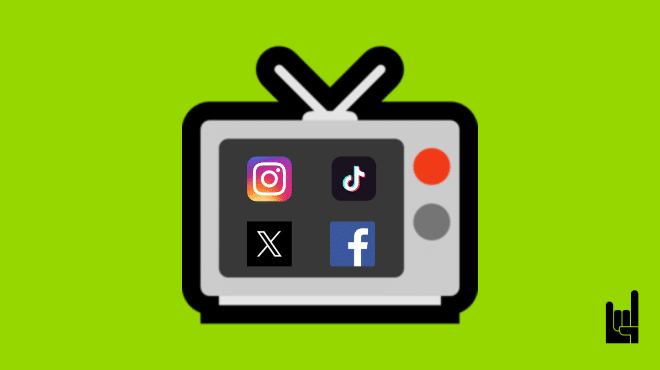And just as a gardener tends to their plants, organic marketing requires patience, dedication, and a deep understanding of the ecosystem in which it can thrive.
However, you probably aren’t here for cute analogies but rather for the nitty-gritty.
So let’s get to it.
What is Organic Marketing?
To put it simply organic marketing is the type of marketing that doesn’t rely on ads.
It’s about building your online presence naturally -organically- without relying on paid (inorganic) advertising.
So, instead of spending money on ads or promotions, organic marketing focuses on creating valuable content, engaging with your audience, and leveraging various -organic- channels to attract and retain customers. It’s about building genuine connections and earning trust rather than buying attention.
With organic marketing, you tap into the power of channels like search engines, social media platforms, content creation, and word-of-mouth referrals.
That said, organic marketing is not only about what growth channels you want to use, but how you are going to use them.
The Importance of Organic Marketing
So, what’s the importance of organic marketing in digital marketing and why should you give a damn anyway? Here are a few reasons.
- Building trust and credibility: A big part of organic marketing is linked to content creation and content marketing. By delivering valuable content, addressing customers’ pain points and needs, and creating content that is original (and, needles to say, also avoids plagiarism) you establish trust and credibility. This trust forms the foundation for long-term customer relationships and brand loyalty.
- Cost-effectiveness: Organic marketing is inherently cost-effective compared to paid advertising methods. With organic marketing, you can attract organic traffic without incurring hefty advertising costs.
- Sustainable growth: Organic marketing focuses on building a solid foundation for sustainable growth. Through strategic content creation, optimization, and audience engagement, businesses can attract relevant and qualified leads, driving long-term business growth.
- Authority and thought leadership: By consistently providing valuable and insightful content, businesses can position themselves as industry authorities and thought leaders. This positioning enhances brand reputation and fosters customer loyalty.
Organic Marketing vs. Paid Marketing (Performance Marketing, PPC)
Organic vs paid; SEO vs PPC. How are these two marketing branches different and when should you consider using the one over the other?
How are they different?
While both organic marketing and paid marketing aim to drive business growth, they differ in their approaches and outcomes. Here’s a comparison between the two.
Approach
From the get-go, organic and paid have different approaches, mostly in the form of inbound marketing vs outbound marketing.
Organic marketing is part of inbound marketing, meaning that customers and users try to find you, instead of you reaching out to them. Meanwhile, outbound marketing happens through outreach and enables precise audience targeting based on demographics, interests, and behavior.
Strategy
Organic marketing relies on creating valuable content, optimizing for search engines, and using the appropriate channels to promote said content.
On the other hand, paid marketing involves promotion and reaching your target audience through ads.
Types
Organic and paid marketing themselves include different types of marketing, as follows.
Organic marketing
- Search Engine Marketing (SEO)
- Content marketing
- Social Media Marketing
- Email Marketing
Paid marketing
- Pay-per-Click (PPC)
- Social Advertising
- Display Advertising
- Influencer Marketing
Cost & ROI
Organic marketing typically requires an investment. Paid marketing, in the form of performance marketing and PPC campaigns, involves budget allocation for ad spend.
In many cases, organic marketing has a higher ROI than paid marketing.
Let’s take GrowhRocks, our growth hacking agency for example. Right now, and thanks to our organic marketing and content marketing efforts, we receive a few thousand users in organic traffic. To achieve that, we had to rank for certain keywords – keywords that users search for and click on the content GrowthRocks serve.
Accordingly, we rank for keywords such as “growth hacking agencies”, “marketing consulting firms”, and “growth hacking courses”. And we managed to do so organically.
So what would the alternative look like? To rank for these keywords non-organically?
Here is the estimation is the result of Ahref’s monthly average organic traffic value, as shown below.

Well, if we were running ads for the same traffic for all these keywords, we would have to pay over $14,000 each month in Google ads.
Thankfully, we don’t. Thanks to content marketing and SEO, we now bring this traffic much cheaper.
That said, content marketing and SEO don’t come for free for anyone. But when done correctly, they can have a bigger ROI.
Speed
From keyword research to content creation and content optimization, organic marketing can come a long way. It takes time to build visibility, establish credibility, and generate organic traffic.
On the other hand, paid marketing usually delivers faster results. It takes less time to set up a campaign and start seeing traffic and conversions.
Longevity
Organic marketing aims to create a sustainable, long-term strategy. Content marketing includes evergreen content. Evergreen content marketing remains relevant for a long time.
On the contrary, paid marketing offers immediate results but may not have a lasting impact once the advertising budget is exhausted. The moment the ad budget runs out, is the moment you stop getting any more traffic to your target page.
When should you use one over the other?
It comes as no surprise that organic and paid marketing come with their own pros and cons. While this is now understandable in theory, how can you know which is a better solution for your own marketing needs?
It should be noted that every business is different, so what follows is insight coming from a generalization.
—> When to use organic marketing tactics?
1. Specialized and advanced industries. These industries are in dire need of organic marketing through content & SEO. Think of it this way: when you are looking for a swimsuit, unless you’ve been living in Himalaia your whole life, you don’t need a lot of market research to understand the intricacies of swimsuits. However, if you are looking to purchase a specialized B2B product (e.g. medical machinery/ equipment), your research has to be thorough. So the demand for this kind of research must be met via relevant and valuable content.
2. High ticket services. High-ticket services and products need more effort on your part to sell, compared to low-ticket. And the way you can achieve that is through content marketing.
3. SaaS products. As any SaaS marketing agency or SaaS consultant will tell you, organic marketing is the go-to marketing strategy for SaaS companies. The way most SaaS products grow is through organic marketing. Therefore, building organic traffic through a solid organic marketing strategy is probably a one-way street for your case.
—> When to use paid marketing tactics?
1. Launching/ rolling out new things. Sometimes you need to introduce new products or features. And to see whether they work as they should, you need to build traffic. But you don’t always have the necessary time/sources to build content for them as well. This is where paid marketing comes in handy and creates traffic fast.
2. Finding your product-market fit. Product-market fit is the stage in which a product tests its place in the market. During that stage, you need to make the necessary metrics. To make these kinds of metrics, you will first need -you guessed it- traffic. In many such instances, fast/paid traffic is better than creating and implementing an organic marketing strategy at such an early stage.
3. A/B testing. A/B tests need traffic and when you need that traffic sooner rather than later, paid marketing is the way to go.
4. Time-sensitive events and sales. When you have limited time to sell or promote something, for example during holiday seasons or flash sales, then paid marketing allows you to reach your audience faster.
5. Laser-focused targeting. Paid marketing platforms offer advanced targeting options that allow you to tailor your ads to specific demographics, interests, or user behaviors.
The 9 Organic Marketing Channels
There are 9 standard channels you can use in your organic marketing. For each channel, we’ve written a brief explanation but -most importantly- we’ve provided an example.
1. Content Marketing
Content marketing is about creating valuable and relevant content to attract and engage your target audience. It helps build trust, establish expertise, and drive organic traffic to your website.
Content marketing can take many forms, such as:
- Blog posts/ articles
- eBooks/ whitepapers
- Videos
- Infographics
- Case studies
- Social media posts
- Webinars/ courses
- User-generated content
Example: A growth hacking agency (that’s us!) that sells growth marketing services runs a blog. Through its blog, we create relevant content that informs its audience about growth & digital marketing. Many parts of its blog act as lead magnets, thanks to which prospects can reach out themselves to us.

2. Search Engine Optimization (SEO)
SEO focuses on optimizing your website to improve its visibility in search engine results. It’s separated into 3 categories: on-page SEO, off-page SEO, and technical SEO. Accordingly, it involves keyword research, optimizing content and meta tags, improving site speed, and acquiring quality backlinks.
It should be noted that more often than not, content marketing and SEO go hand-in-hand. Without SEO, you can’t make the most out of your content marketing.
Example: Continuing from the previous example on content marketing, our blog’s content is SEO-optimized. In other words, GrowthRocks ensures that it has a technically sound website, that all its blog posts and articles are (on-page) SEO-optimized on WordPress, and, overall, it follows a Google update-proof SEO strategy. What’s more, we’ve made sure that link-building is always part of our SEO strategy, and we dedicate a given amount of time to that every week.

3. Social Media Marketing
Social media marketing involves using platforms like Facebook, Instagram, or Twitter to connect with your audience, share engaging content, and foster conversations. It helps build brand awareness, engage followers, and drive website traffic.
That said, social media marketing as a channel can also be used for paid marketing in the form of ads.
Example: Red Bull, the popular energy drink manufacturer has a strong presence on social media. Through its social media channels, it showcases its sponsorship and support of real-life events, including races and stunts. Despite not being a sports-specific brand, Red Bull has skillfully integrated its products into an entire industry, capturing the attention and loyalty of consumers.

4. Email Marketing
Email marketing focuses on building an email list of interested subscribers and sending them targeted content and promotions. This organic marketing channel allows you to nurture leads, build customer relationships, and drive conversions.
That said, email marketing in its organic form is different from email marketing in its paid form. The latter works through outreach – most of the time cold email outreach through buying email lists.
Example: Humble Bundle, an eStore for video games and other programs has a newsletter. Humble Bundle users who want to hear more from the eStore can voluntarily become subscribers. Accordngly, those who subscribe to the newsletter receive news and offers from Humble Bundle every week.

5. Online Communities & Forums
Engaging in online communities and forums related to your industry allows you to connect with your target audience, establish credibility, and drive organic traffic to your website.
Depending on your industry, these places are different from one another. However, there are places on the internet where most interests and niches meet. Such places are:
- Quora
- Stack Exchange
- Facebook groups
- LinkedIn groups
- Discord communities
- Slack communities
Example: StockX, an online marketplace and clothing reseller, was one of the first brands to establish a marketing channel on Discord for its community marketing. StockX’s Discord server is the place where users with a passion for electronic products, collectibles, streetwear, and NFTs meet. Through this Discord server, StockX managed to build a channel that has direct access to its audience.

6. Referral Programs
Referral programs are a smart way to get your happy customers to spread the word about your business. By offering rewards like discounts or perks, you encourage them to tell their friends and family about your products or services.
This not only brings in new customers but also strengthens your connection with your current ones. It’s a simple and effective way to grow your business, as people trust recommendations from someone they know. Plus, it makes your loyal customers feel appreciated and part of your success.
Example: Robinhood, one of the top platforms for stock and crypto trading owes its success to its referral program marketing. To make this happen, Robinhood implemented a clever referral system that rewarded both the referrer and the referred user with a free stock when the latter signed up. The platform strategically tailored its referral program to align with its target audience — tech-savvy, young investors.

7. Public Relations (PR)
PR is about connecting with media outlets, journalists, and bloggers to get your brand noticed. By sharing your story, news, or expertise with them, you can secure valuable media coverage.
This helps your brand reach a wider audience, build trust as an industry leader, and increase awareness. It’s a way to create a positive image and keep your brand in the spotlight.
Example: Amidst a climate of skepticism towards science and medicine, Pfizer launched the “Here to Science” campaign during Super Bowl LVIII. Set to Queen’s “Don’t Stop Me Now,” the commercial aimed to rebuild public trust in scientific research and the pharmaceutical industry. This campaign highlighted Pfizer’s commitment to science and its role in improving global health.

8. Partnerships & Collaborations
partnerships and collaborations, also called co-marketing, are when two or more brands team up to work on a marketing campaign together. By sharing their audiences, resources, and ideas, they can create something bigger and better than they could on their own.
When brands partner with businesses that complement their own they can reach new customers, expand their brand’s visibility, and take advantage of each other’s strengths. It’s a win-win approach where both brands grow while offering more value to their customers.
Example: In December 2024, Uniqlo partnered with the streetwear brand Cactus Plant Flea Market to release a SpongeBob SquarePants-themed collection. This collaboration featured a range of shirts, hoodies, and accessories under Uniqlo’s UT sub-brand, blending Uniqlo’s accessible fashion with Cactus Plant Flea Market’s distinctive and playful designs

9. Live Events
Live events are an effective way to create meaningful interactions with your audience. These gatherings can take place physically or virtually and include formats like conferences, workshops, webinars, trade shows, or networking events. In these face-to-face scenarios, creating a digital business card may also come in handy.
Whether it’s a workshop offering hands-on training or a trade show unveiling a new product, these events enable brands to stand out.
Example: NVIDIA recently hosted its annual GPU Technology Conference (GTC) 2024, which has become a landmark event for professionals in AI, deep learning, and high-performance computing. Held as a virtual gathering, the event featured keynotes, technical sessions, and hands-on labs.

Organic Marketing – Conclusion
If we had to sum up organic marketing in a sentence, we’d say that it’s about creating valuable content, building meaningful connections, and spiking interest, using the above-mentioned channels.
It’s about being genuine, building trust, and letting your brand thrive through authentic engagement.
Do you need help with your organic marketing from one of the leading inbound marketing agencies? You can contact us here to find out how we can help you!
Was this article useful?

I write for GrowthRocks, one of the top growth hacking agencies. For some mysterious reason, I write on the internet yet I’m not a vegan, I don’t do yoga and I don’t drink smoothies.



